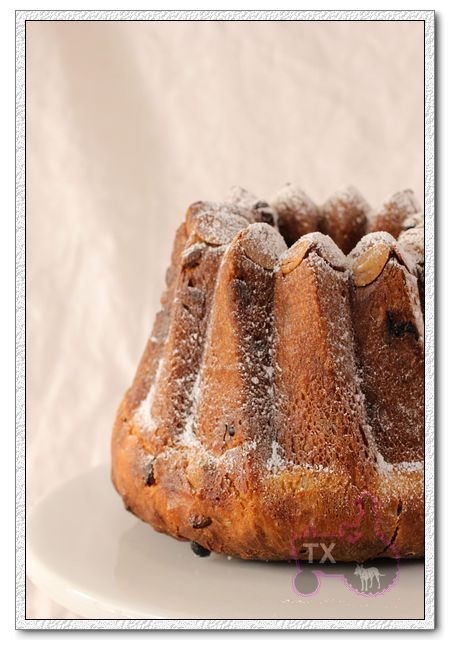Saturday Baguettes - Week 12
If you've been following this series of posts, you might be wondering, "what happened to week 11?" Well, last Saturday my mother in law invited us over for a Chrismas cookie baking day. I was distressed at the notion of missing my regular baguette bake, and foolishly decided to mix the dough at home, then bring the dough with me and bake it at my in-laws. Long story short, it did not go well. Moving on.
- Log in or register to post comments
- 4 comments
- View post
- Ryan Sandler's Blog



